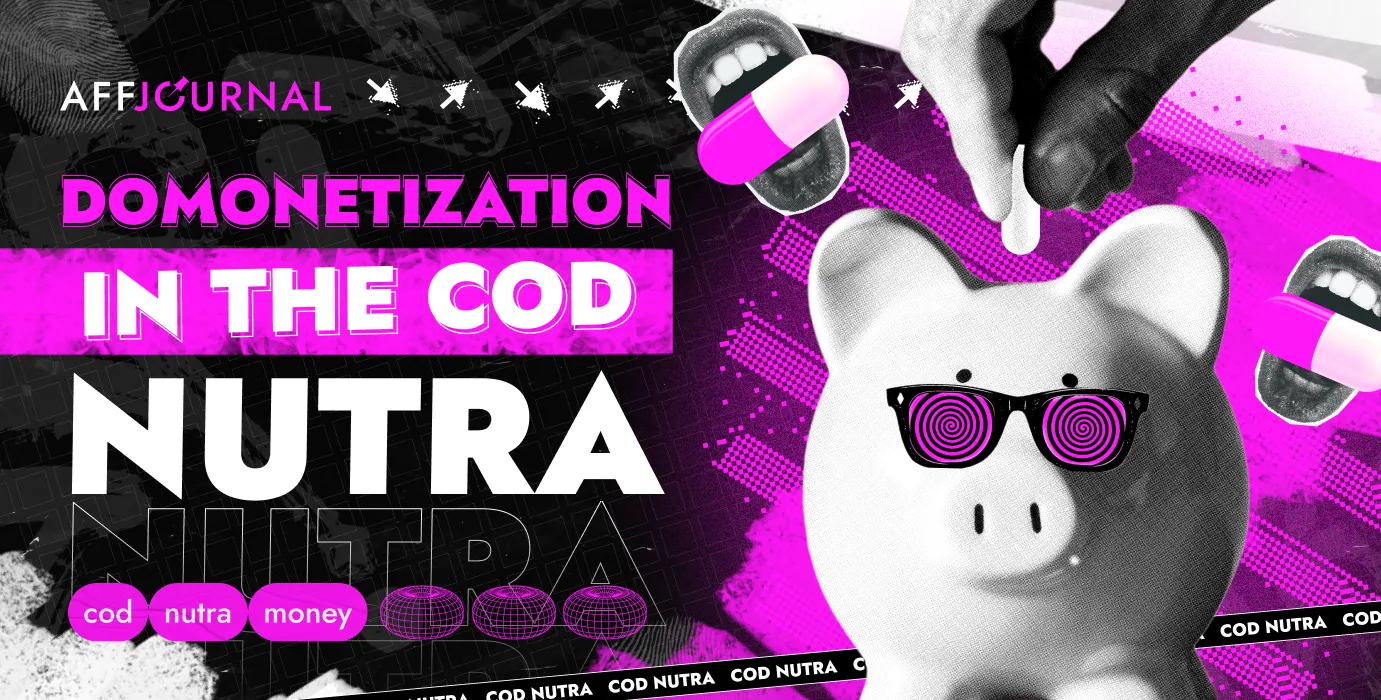
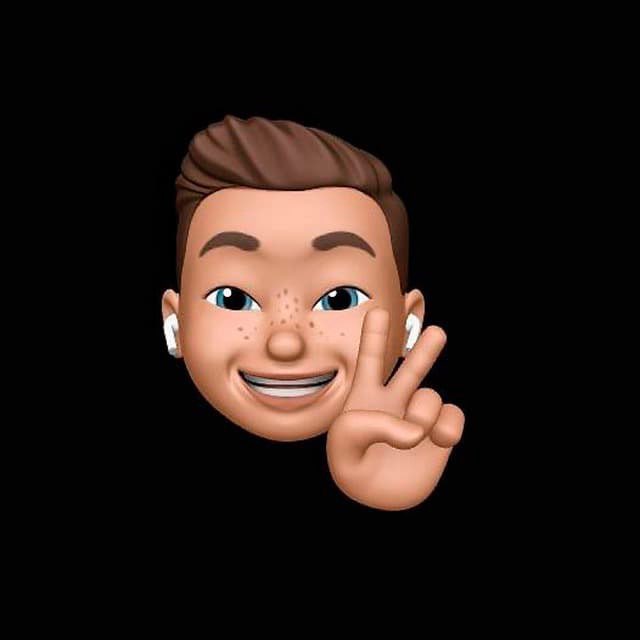
by Editor
We've written an article for you about several monetization options in COD nutra, in which we share the ones we’ve personally tested and which types of monetization turned out to be the most effective: from classic news showcases to our own developments and tests.
The information is from the TeamLead of the team.
For starters, a bit of introductory information
Traffic monetization is the process of "squeezing" residual traffic that leaves your landing pages/pre-landing pages because something confused/scared/didn't grab their attention on your page.
Ready-made news showcases
Example of the news showcase:
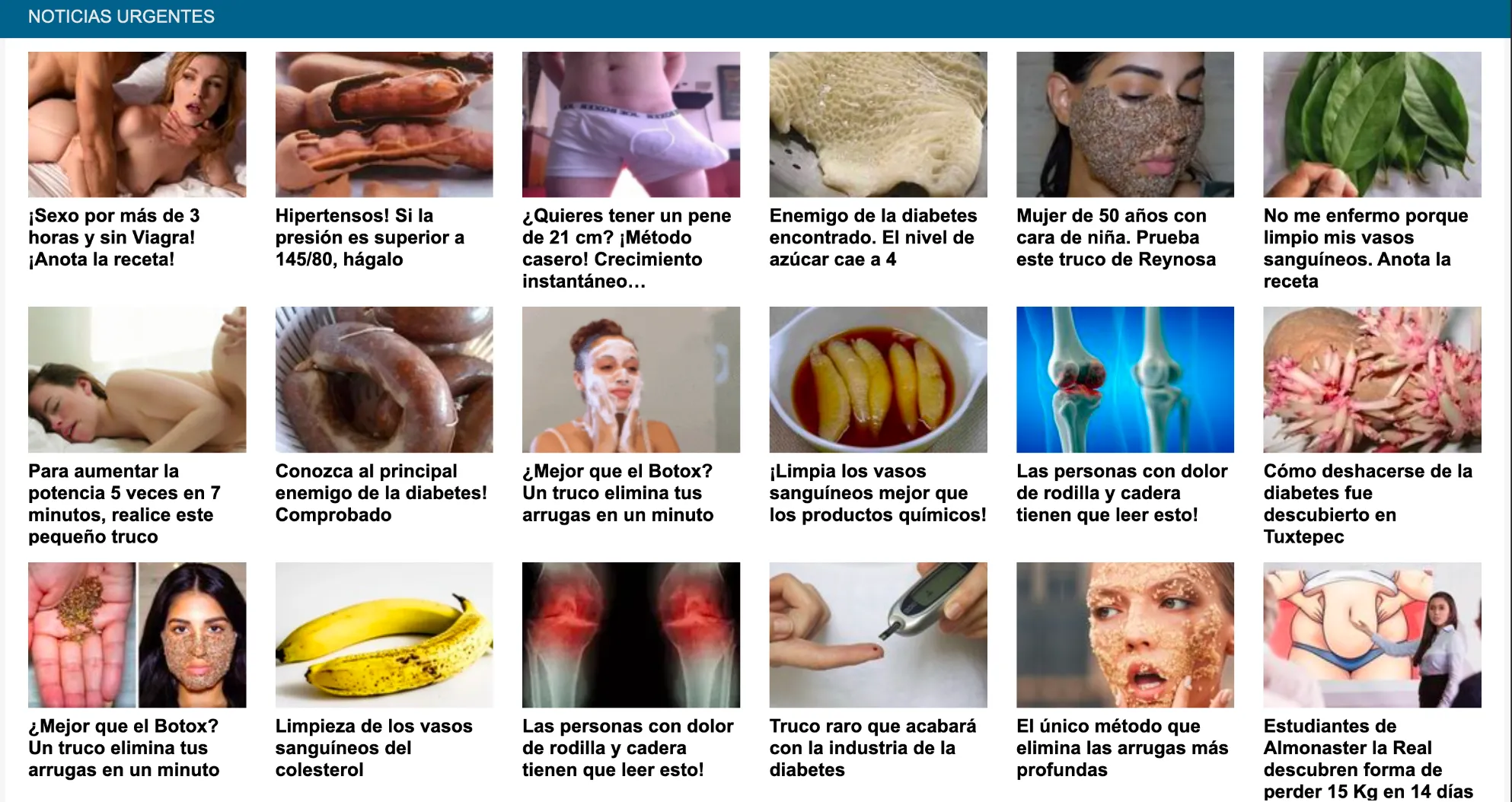
Let's start by understanding how it works:
- A user visits your landing/pre-landing page, but something doesn't appeal to him, and he leaves by clicking the "Back" button.
- A script is triggered, which, instead of closing the landing/pre-landing page for the user, opens a new page (showcase) with numerous teaser/news/product banners. Clicking on them redirects the user to a new landing/pre-landing page, where he can complete a conversion.
This is the most popular option for traffic monetization, as there are several popular services on the market that can be easily integrated with your landing pages. Additionally, showcases for traffic monetization can be connected through certain affiliate programs.
Now let's talk about the pros and cons of this method.
Pros:
- Easy and quick to set up (you don't need to be a tech expert to configure this showcase);
- No need to worry about links, banners, texts, etc., as these tasks are taken care of by the traffic monetization services you work with.
Cons:
- Low conversion (when a user visits our pre-landing page where, for example, a product for vision restoration is sold, and then, when leaving, he’s shown a showcase offering products for treating hemorrhoids/impotence/diabetes, etc., the likelihood that it’ll interest him is low because initially, the user came to solve a specific problem related to vision);
- Low offer rates (services providing such ready-made showcases embed their links in teasers, and accordingly, therefore you drive traffic based on their often not very high rates);
- Old pre-landers (on the showcase, you can see numerous teasers about potency/diabetes/hypertension, etc., clicking on which will redirect you to pre-landers that are likely to be old and worn out, negatively impacting conversion).
We tested a similar monetization option ourselves, but decided against it because the final increase in ROI turned out to be not very significant.
Custom showcase constructors
This type of monetization works the same way as the previous one, but the difference is that in this case, you prepare and update the banners, texts, and links yourself. You can develop such a showcase on your own or look for constructor services that allow you to create a showcase independently.
Pros:
- You drive traffic based on your rates and for your links;
- Use new/relevant pre-landers for high conversion;
- You personally decide which banners will be placed on the showcase.
Cons:
- You need to prepare/update links, teasers, texts on your own;
- You need to independently monitor the availability of domains, the performance of flows in different affiliate networks, etc.
We didn't test such a monetization option because it seemed too labor-intensive.
Push notifications
There are various services that allow you to build a database and send push notifications. This option involves collecting your user database on landing pages/pre-landing pages, and then sending your offers to this database. I'll say right away that it's better to use this monetization option in combination with showcases or other monetization methods.
Email campaigns
This type of monetization is similar in its mechanics to push notifications. First, we collect an email address database (on pre-landing/landing/thank-you pages), and then we send newsletters to the collected database. This option is also better used in combination with other forms of monetization.
Product landing page
This type of monetization involves redirecting the user to a product landing page when he wants to leave our pre-landing page by clicking the "Back" button. In this case, the idea is that if the user initially clicked on our ad, then most likely he was interested in what was featured in that ad. Perhaps the user didn’t find answers to his questions on the pre-landing page and would like to learn more about the offered product. And then we redirect him to a product landing page, where he can get more information about the product and place an order. This type of monetization works well and, in some GEOs, even better than showcases.

Ready and convenient script for the "Back" button available on Yellow's channel.
Pros:
- You drive traffic based on your rates and for your links;
- Convenience and simplicity (just connect the product landing page and add the script to the pre-landing page folder).
Cons:
- You’ll need to set up a separate backfix for each individual offer.
Custom one-page landers for monetization
Currently, this is the best monetization method I’ve ever tested. The essence of this method is that for each offer, we’ll create our own simple pages with a form and a product, where we’ll redirect users using the Yellow’s script after the user clicks the "Back" button.
We can create pages of various formats:
- intimidating pages (with lots of harsh photos of the consequences of the disease, urging to think about one's health and eventually order our product. Example);
- pages with "statistics" (we place on the page fake statistical data related to the GEO where we drive traffic, with information that every third, hypothetically, loses vision due to this disease, and every fifth person gets a heart attack, etc. In other words, our task here is to show the user frightening statistics that will encourage them to place an order (example). It's even better to design this page to resemble a trustworthy resource, such as the Ministry of Health or a medical company).
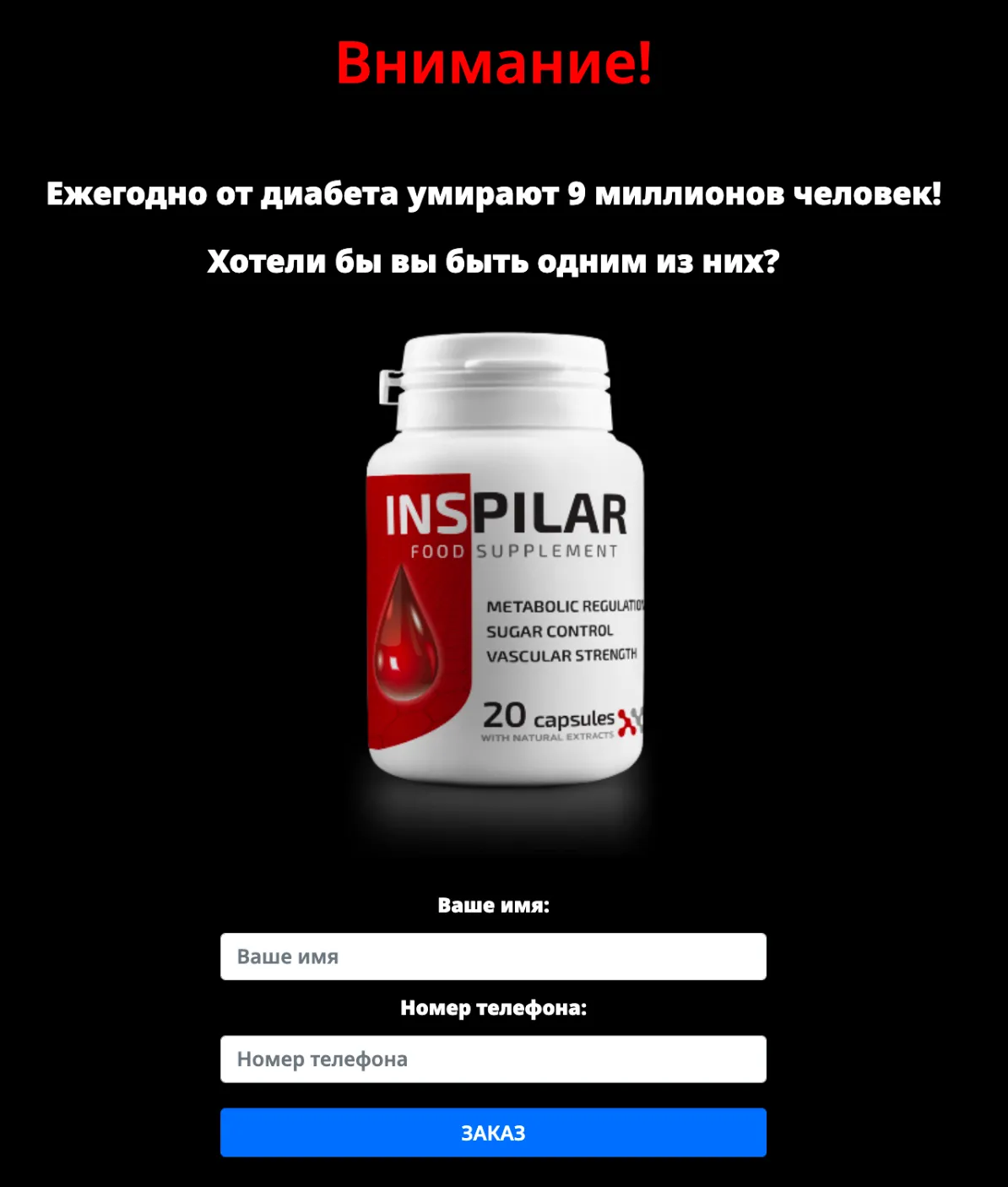
- pages with the product and form designed as online pharmacies in our GEO;
- pages with the product and form designed as a free consultation on our product (example), etc.

Pros:
- You drive traffic based on your rates;
- You can continuously refine these monetization pages while running the campaign, conduct split tests of various blocks, headings, forms, etc.
Cons:
- For each individual offer, you’ll need to prepare a separate page.
To boost the conversion of such one-page landers, it's important to include sections with reviews and real photos of the offer after the order form. You can quickly generate reviews using ChatGPT (I usually create 20-30 reviews for 1 offer). Here is an example prompt for ChatGPT - https://teletype.in/@teamleadcpa/rmowEgOY_Fx.
Example statistics from Keitaro for one combination:
 ROI of the campaign without monetization - 39.77%. ROI of the campaign with a monetization page - 54.09%. This type of monetization can be combined with push notifications or email campaigns, thus further increasing ROI. You can also experiment with reviews, design to resemble trusted sites, types of forms (roulette/doors/standard), etc.
ROI of the campaign without monetization - 39.77%. ROI of the campaign with a monetization page - 54.09%. This type of monetization can be combined with push notifications or email campaigns, thus further increasing ROI. You can also experiment with reviews, design to resemble trusted sites, types of forms (roulette/doors/standard), etc.
In addition to these types of monetization, you can increase ROI by working with comments under the ad (boosting positive comments + handling negative ones and responding to questions), but that's another story.

by Editor
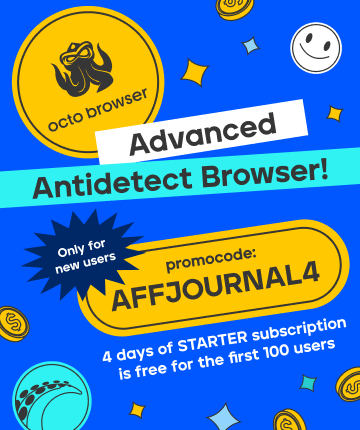

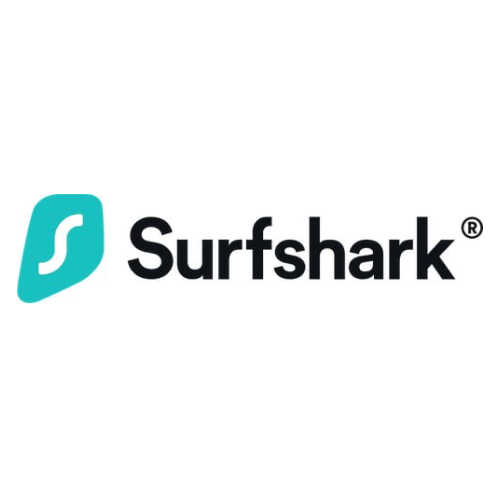
comments ....(0)
Leave a comment
You must be in to leave a comment